Julian Charrière brings the sounds of the ocean to Ruinart’s chalk cellars in Reims
Julian Charrière’s sound and light installation, ‘Chorals’, joins the worlds of environmental science and culture
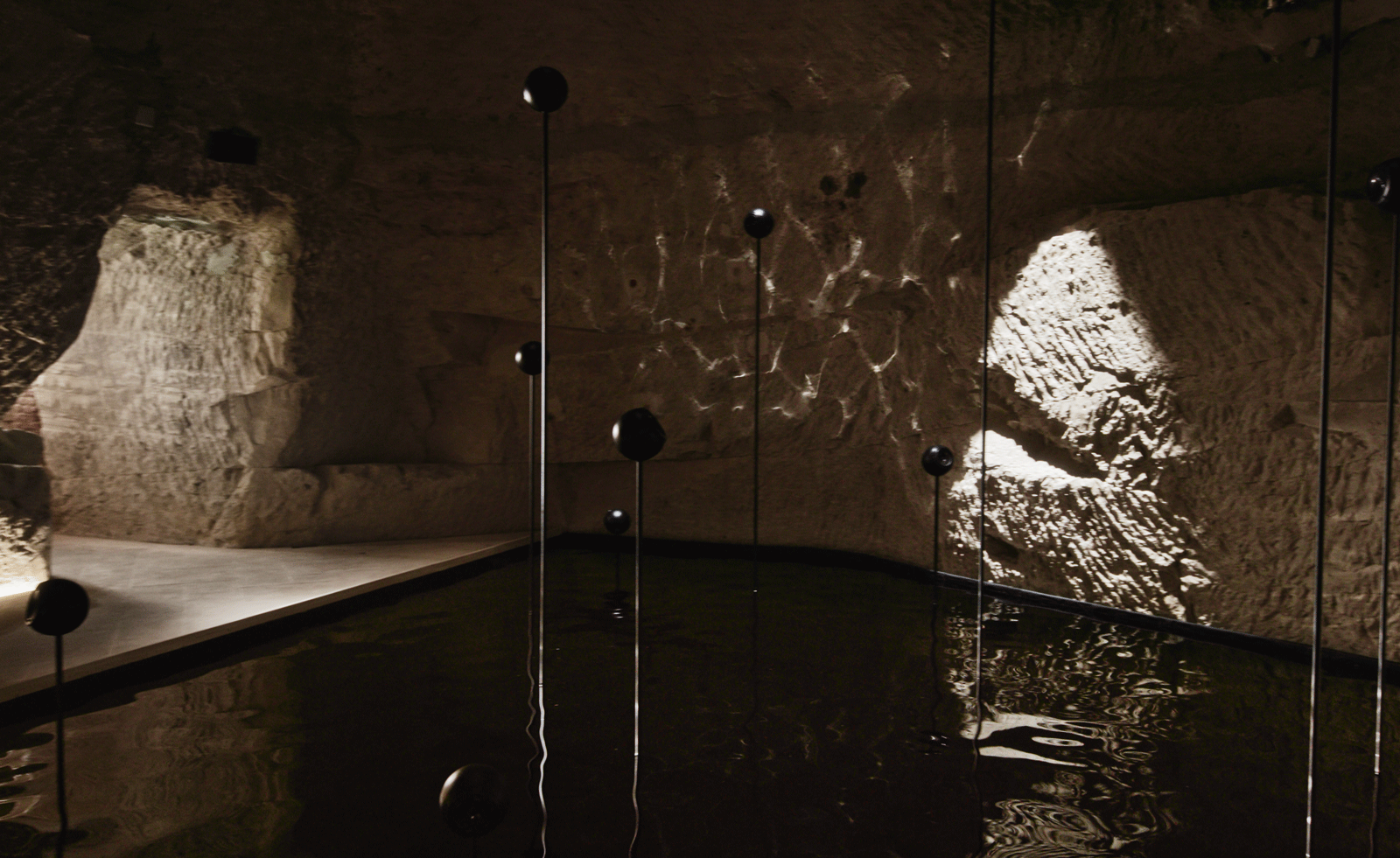
To descend into the crayères – the vast chalk cellars lurking underneath champagne house Ruinart’s home in Reims – is to enter another, ancient world. Steeped in history, the layers of white chalk, composed of an ancient limestone sediment, tell a story of a time millions of years ago when the region was covered by sea.
It is a rich geological heritage on which Ruinart is drawing for a collaboration with Franco-Swiss, Berlin-based artist Julian Charrière, who considers the implications of time in a multisensory installation that links to today’s concerns over the consequences of global warming.
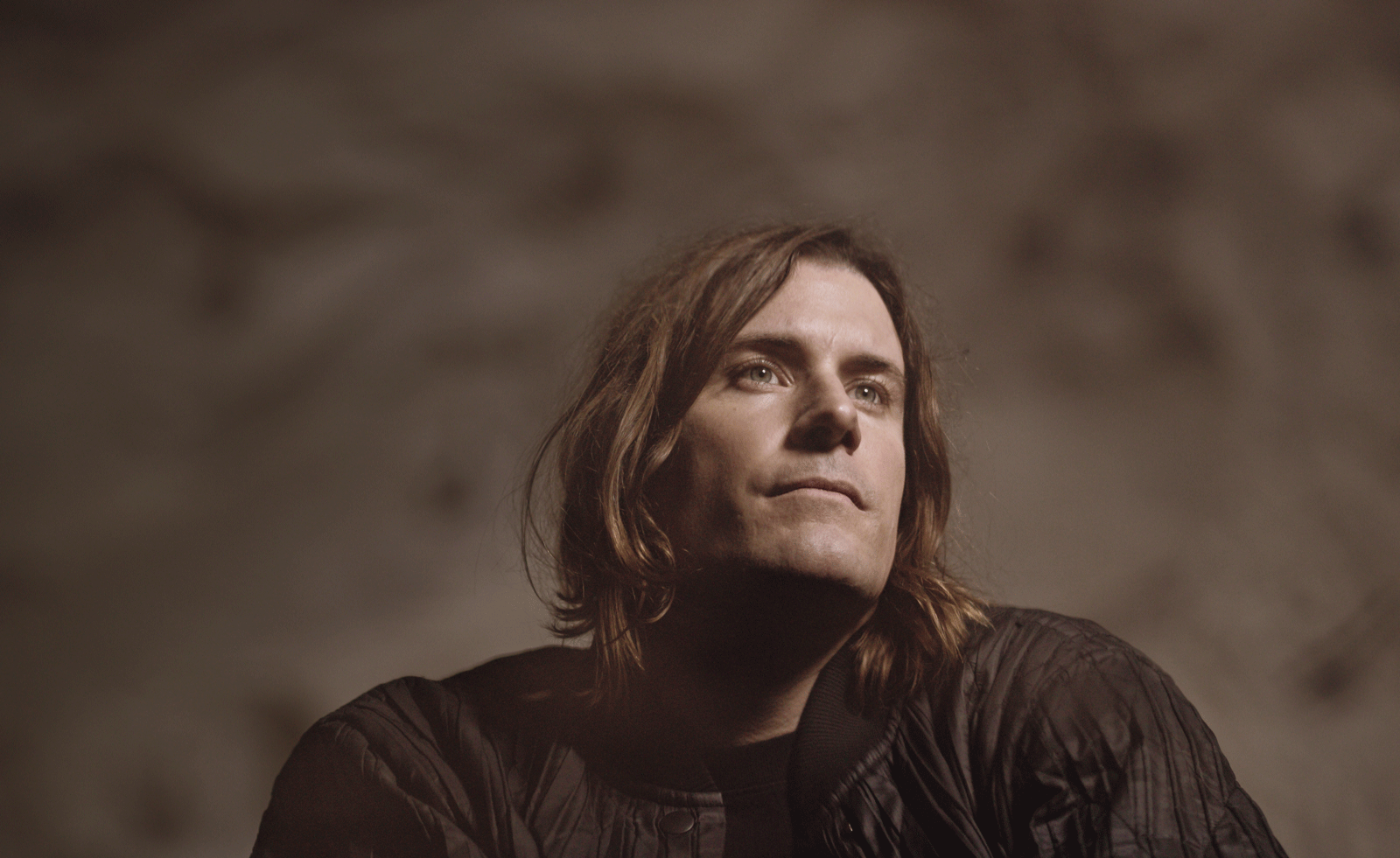
Julian Charrière
‘Culture doesn’t float above ecology; it emerges from it,’ says Charrière. ‘The ways we build, remember, mythologise, and forget – these are not detached from the material world, but are intimately entangled with it.’ He is keen to unite the worlds of environmental science and culture in his work Chorals, an immersive sound and light installation.
‘In the case of Chorals, the crayères embody this entanglement [between the two worlds],’ he adds. ‘They are anthropogenic voids carved into what was once an ancient seabed: chalk formed from the compressed bodies of marine life, sedimented over geological epochs. By reintroducing oceanic soundscapes into this hollowed architecture, the installation collapses time. It activates a kind of acoustic haunting, where the memory of the sea echoes through a space we’ve come to associate with stillness, or even silence. A choral lament, maybe, carried on the breath of marine time.’
Charrière, who learned to dive so he could better study underwater environments, recorded the sounds underwater, including the noises of the fish, coral and currents, during his dives in the marine ecosystem. Later, he also added recordings gathered by marine biologists from around the world. Underground in the crayères, these sounds are synchronised with a wave machine which produces ripples in a shallow pool of water.
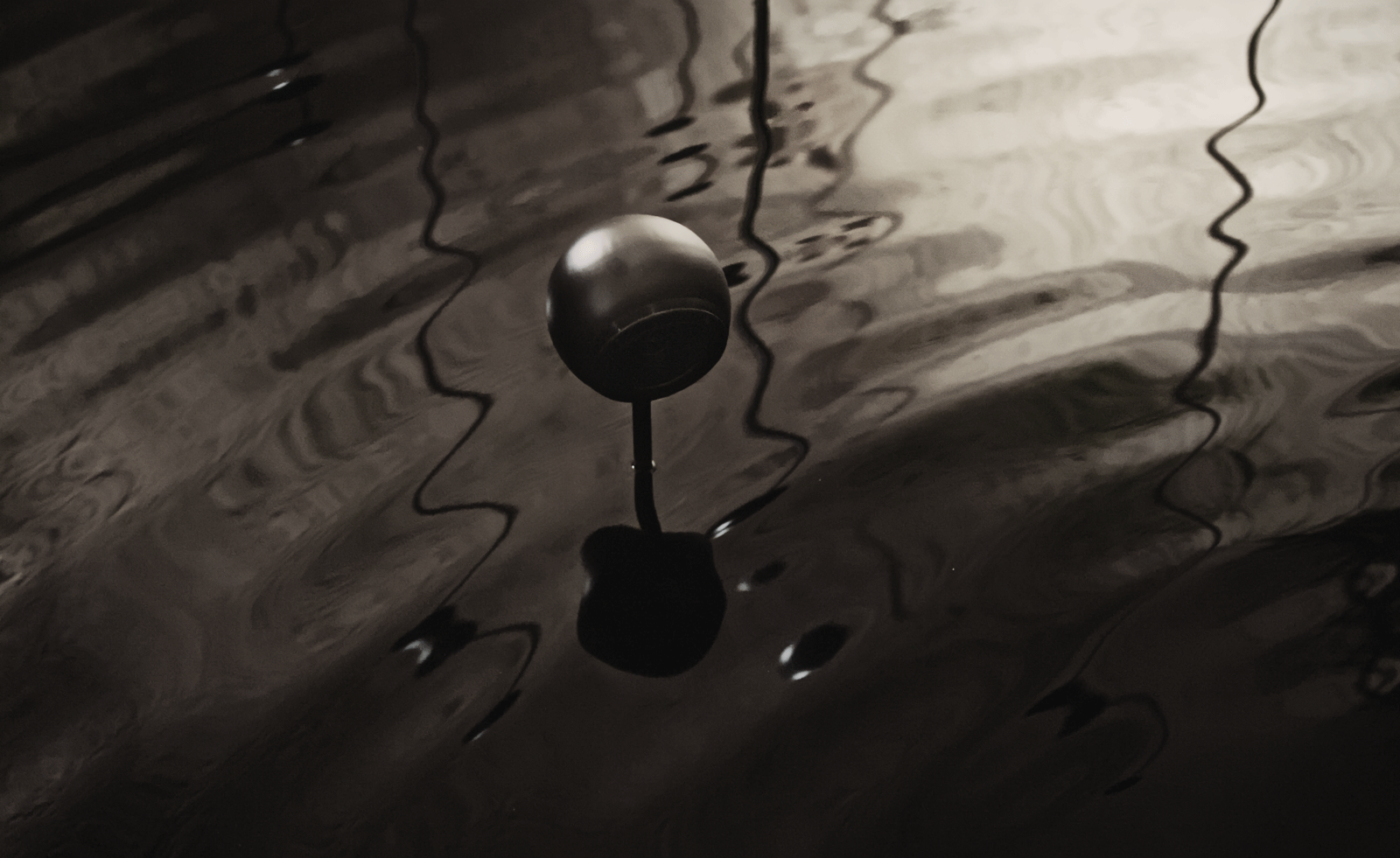
‘For me, sound is a way of mapping presence, of drawing attention to what’s otherwise invisible, or overlooked,’ Charrière says.’ In the case of the crayères, the echo isn’t just a metaphor, it’s a material phenomenon. The walls themselves, composed of compressed marine sediment, respond to sound in a very specific way. You don’t just hear an echo, you feel it travel through your body, like the stone is speaking back. It creates a space where sound becomes a kind of archaeology. But unlike a clean reflection, an echo is always slightly degraded. It reminds us that memory isn’t a perfect record – it’s porous, shaped by loss and distortion.’
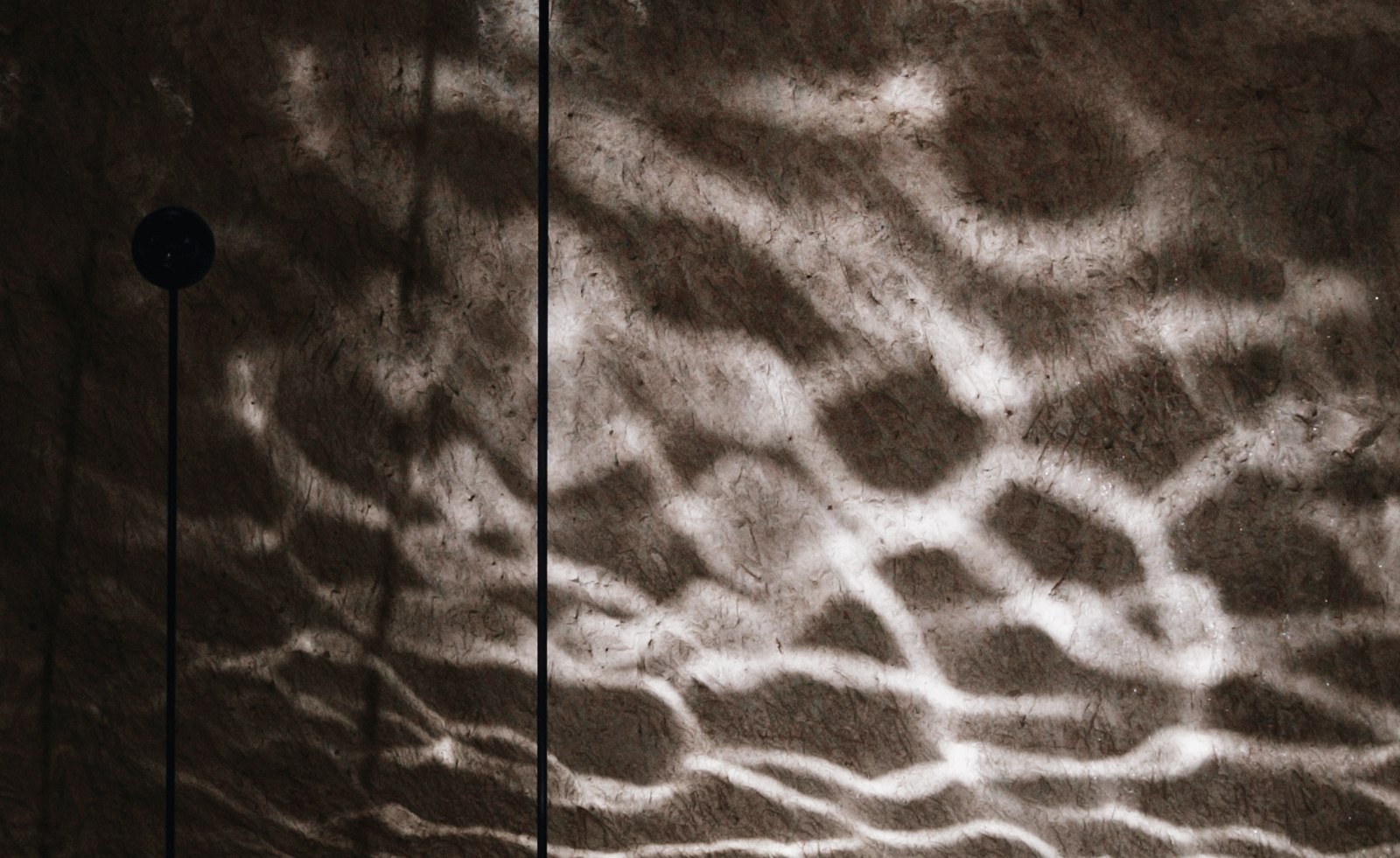
But an echo chamber, Charrière points out, can also suggest what isn’t being heard. By refusing to impose a narrative on the space, he ensures the focus remains firmly on the sonic worlds of the coral reefs. ‘People often associate coral with vibrant colour, but what frequently goes unnoticed is their sonic richness,’ he adds. ‘These ecosystems crackle and pulse with life – fish vocalisations, crustacean clicks, the static hum of micro-organisms – a living choral composition in constant flux. Reintroducing those frequencies into the crayères became a way to invoke the ghost of a former sea. The installation transformed into an echo chamber where distant epochs converge, a space in which time collapses and matter remembers. It’s less a reconstruction than a resonance, a way for marine memory to vibrate, once again, within stone.’
Receive our daily digest of inspiration, escapism and design stories from around the world direct to your inbox.
Hannah Silver is the Art, Culture, Watches & Jewellery Editor of Wallpaper*. Since joining in 2019, she has overseen offbeat art trends and conducted in-depth profiles, as well as writing and commissioning extensively across the worlds of culture and luxury. She enjoys travelling, visiting artists' studios and viewing exhibitions around the world, and has interviewed artists and designers including Maggi Hambling, William Kentridge, Jonathan Anderson, Chantal Joffe, Lubaina Himid, Tilda Swinton and Mickalene Thomas.
-
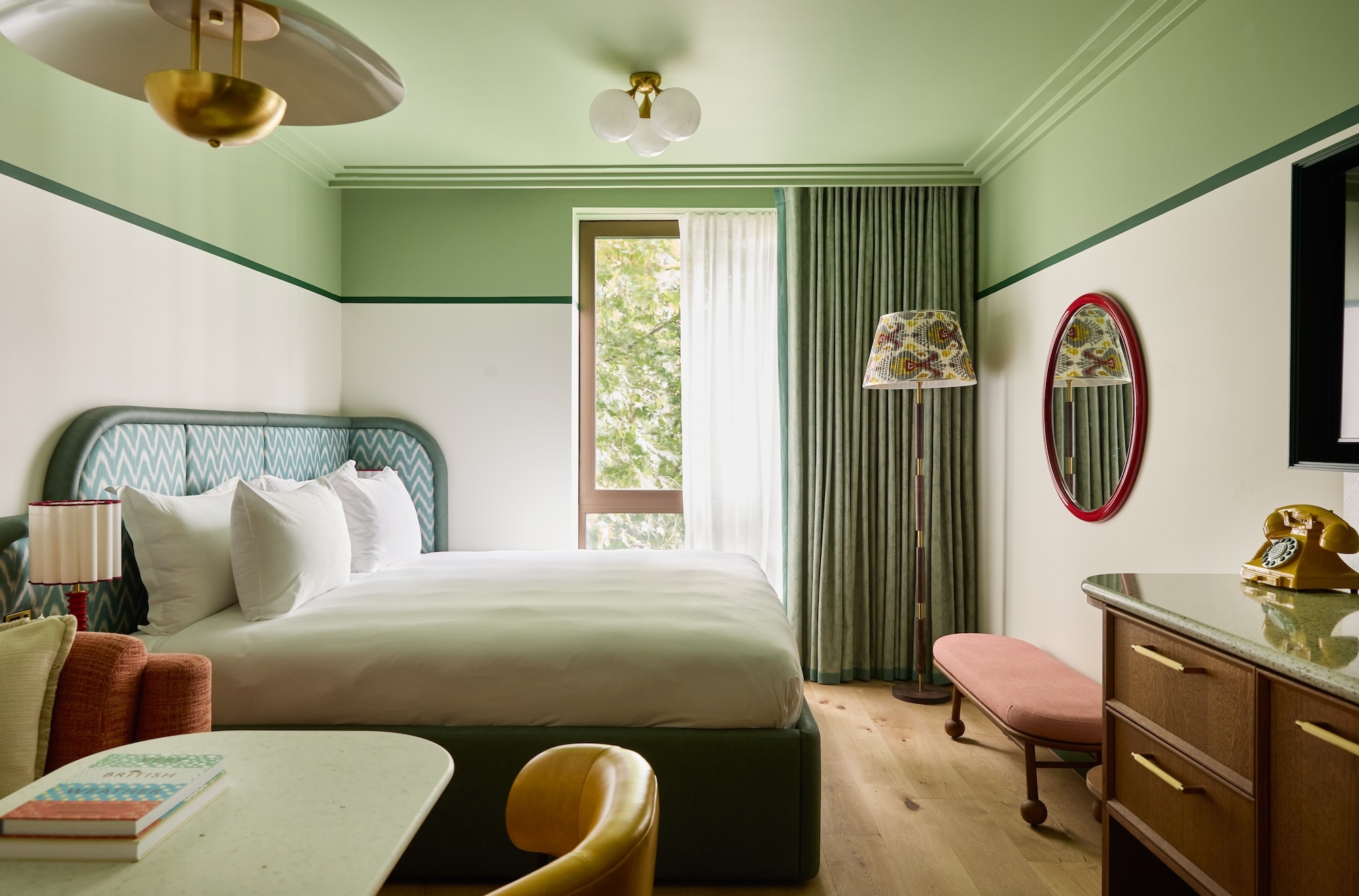 At last: a London hotel that’s great for groups and extended stays
At last: a London hotel that’s great for groups and extended staysThe July London Victoria, a new aparthotel concept just steps away from one of the city's busiest rail stations, is perfect for weekends and long-term visits alike
-
 Three new smartwatches showcase new frontiers in affordable timepiece design
Three new smartwatches showcase new frontiers in affordable timepiece designLong may you run: smartwatches from Withit, Kospet and OnePlus favour function and value above all else, demonstrating just how much the smartwatch has evolved in recent years
-
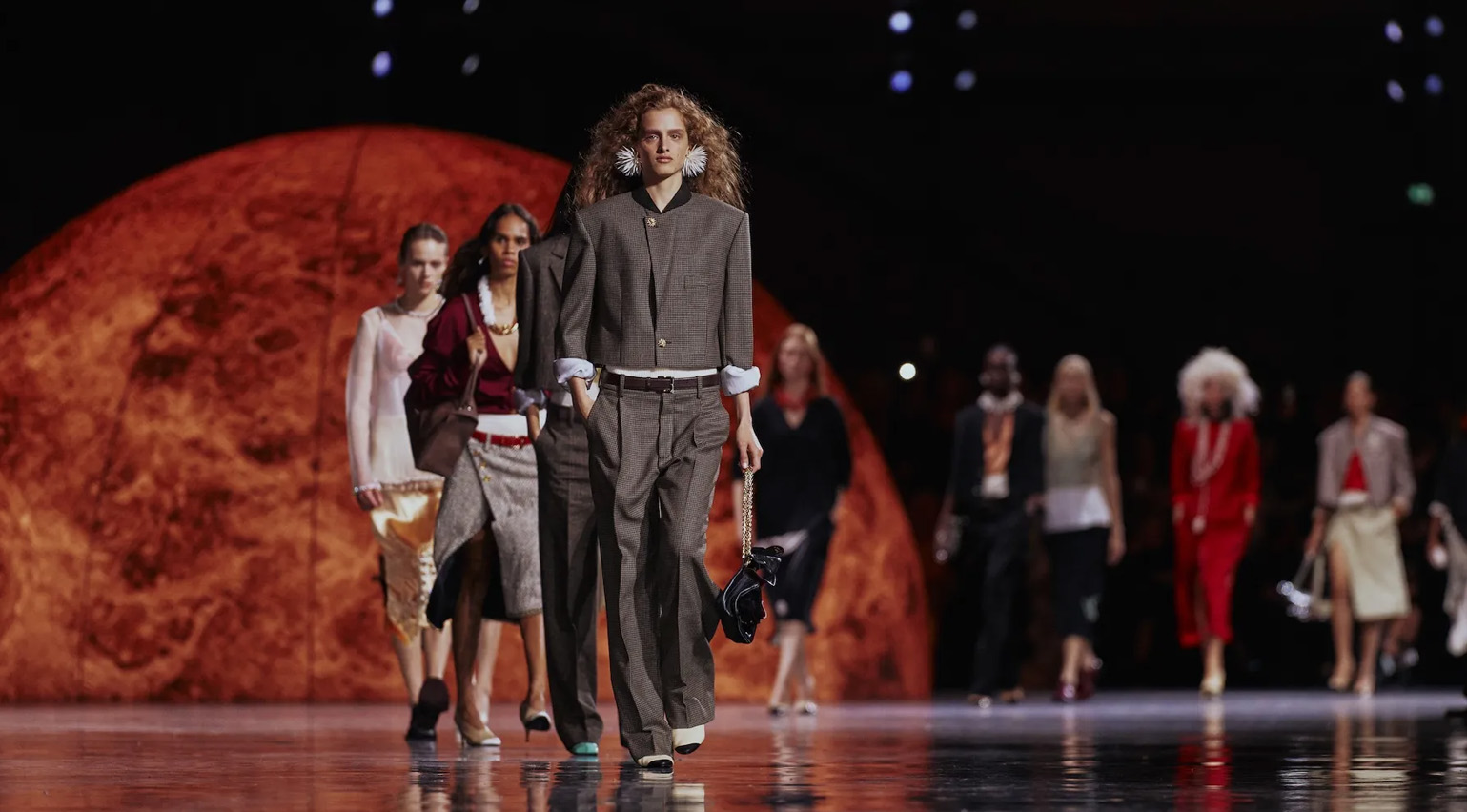 Debuts, dandies, Demi Moore: 25 fashion moments that defined 2025 in style
Debuts, dandies, Demi Moore: 25 fashion moments that defined 2025 in style2025 was a watershed year in fashion. As selected by the Wallpaper* style team, here are the 25 moments that defined the zeitgeist
-
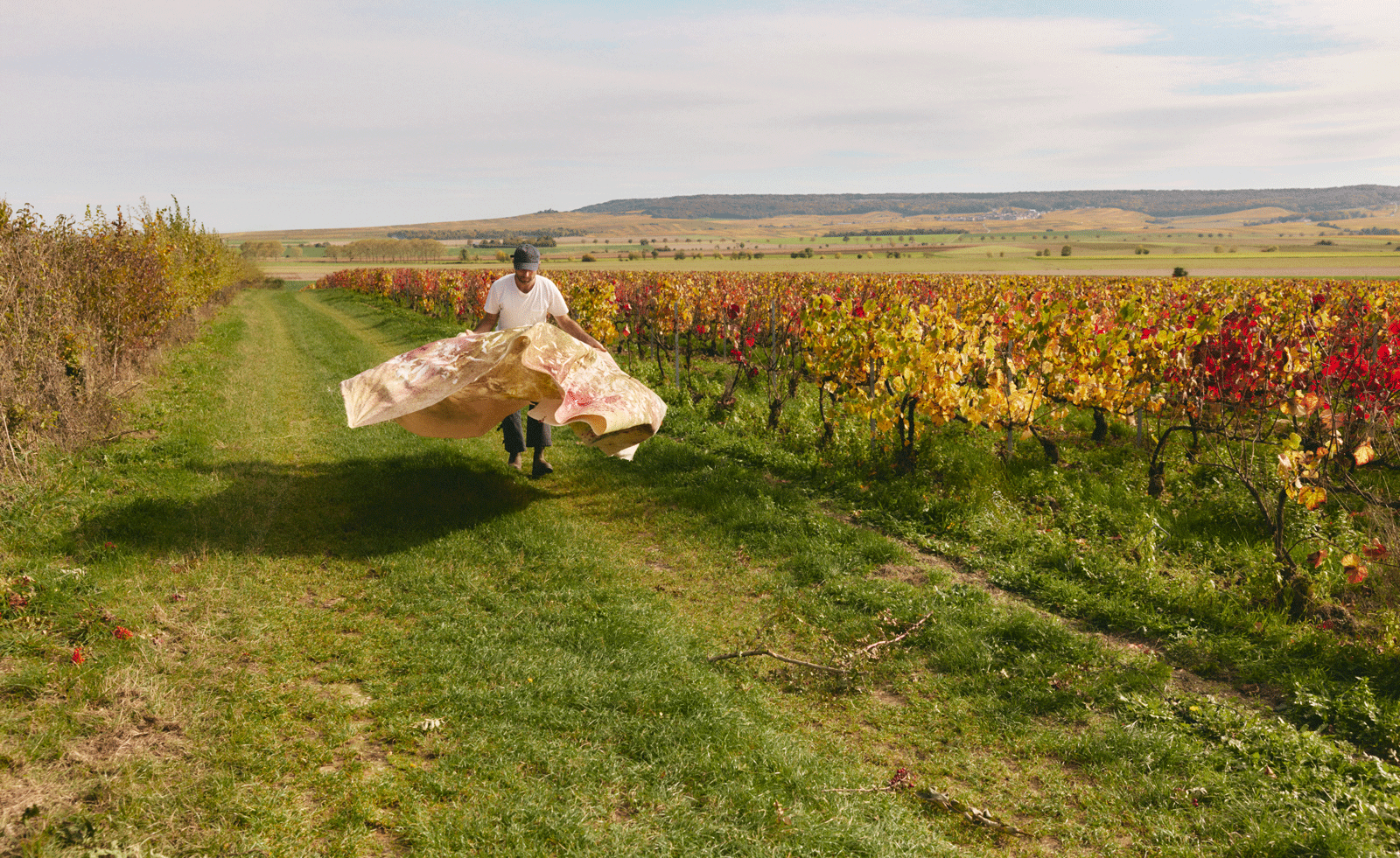 Sam Falls is inspired by nature’s unpredictability in living works for Ruinart
Sam Falls is inspired by nature’s unpredictability in living works for RuinartThe artist creates works that are in-between photography and painting as part of Ruinart's Conversations with Nature series
-
 Andrea Bowers’ sculptural chandelier for Ruinart reflects a shared commitment to environmental conservation
Andrea Bowers’ sculptural chandelier for Ruinart reflects a shared commitment to environmental conservationAndrea Bowers has partnered with Ruinart to create a work to be unveiled at Frieze LA, before it finds a permanent home at Maison Ruinart’s HQ in Reims
-
 Eva Jospin and Ruinart put the fizz in Frieze London 2023
Eva Jospin and Ruinart put the fizz in Frieze London 2023Champagne house Ruinart brings artist Eva Jospin’s vision of its terroir to Frieze London 2023, and celebrates with a limited edition Jeroboam of Ruinart Blanc de Blancs
-
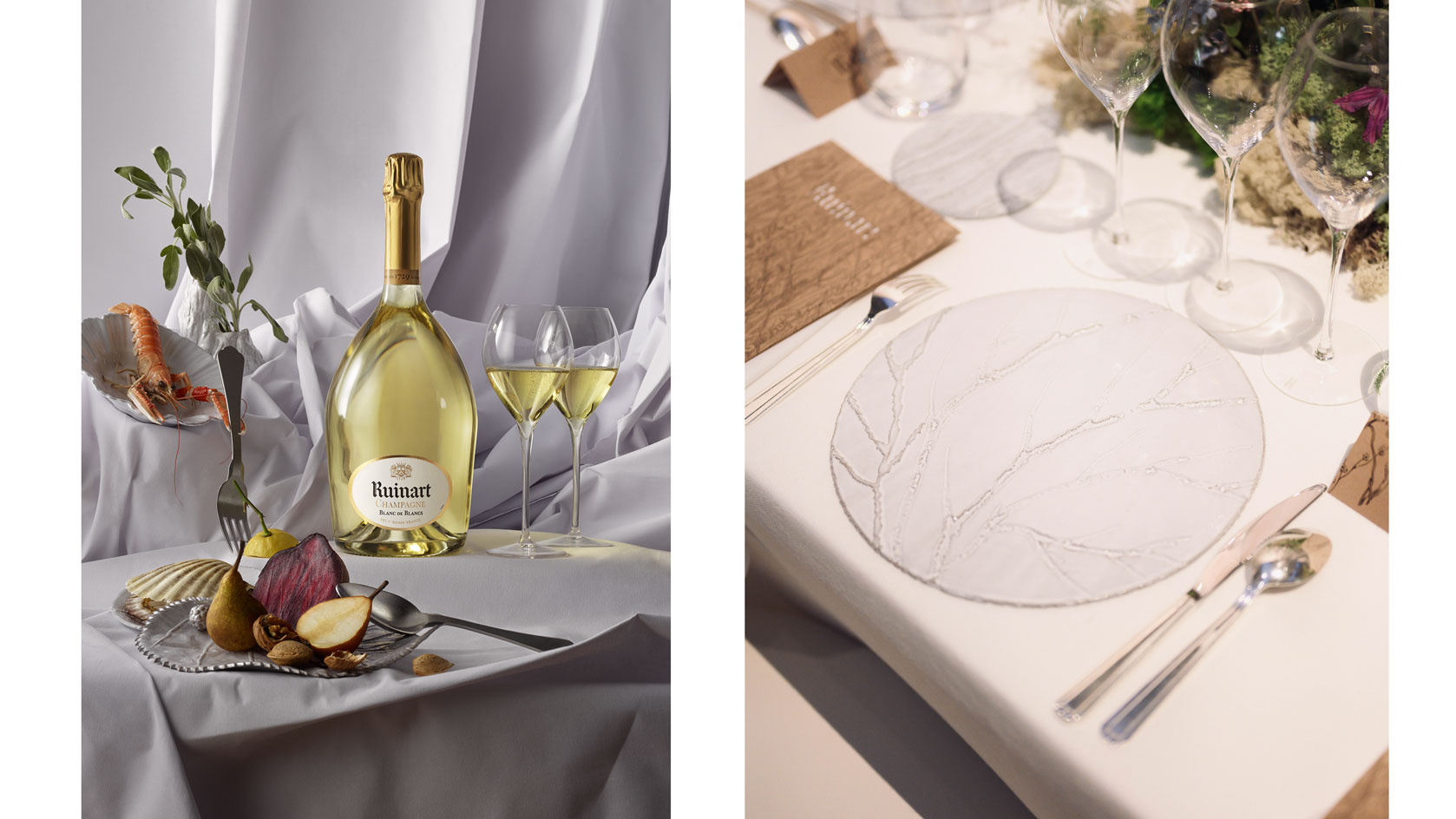 Ruinart’s Food For Art promises culinary delights in Basel
Ruinart’s Food For Art promises culinary delights in BaselHosted during Art Basel in Basel 2023, Ruinart’s latest Food For Art dinner draws on Eva Jospin’s Carte Blanche commission
-
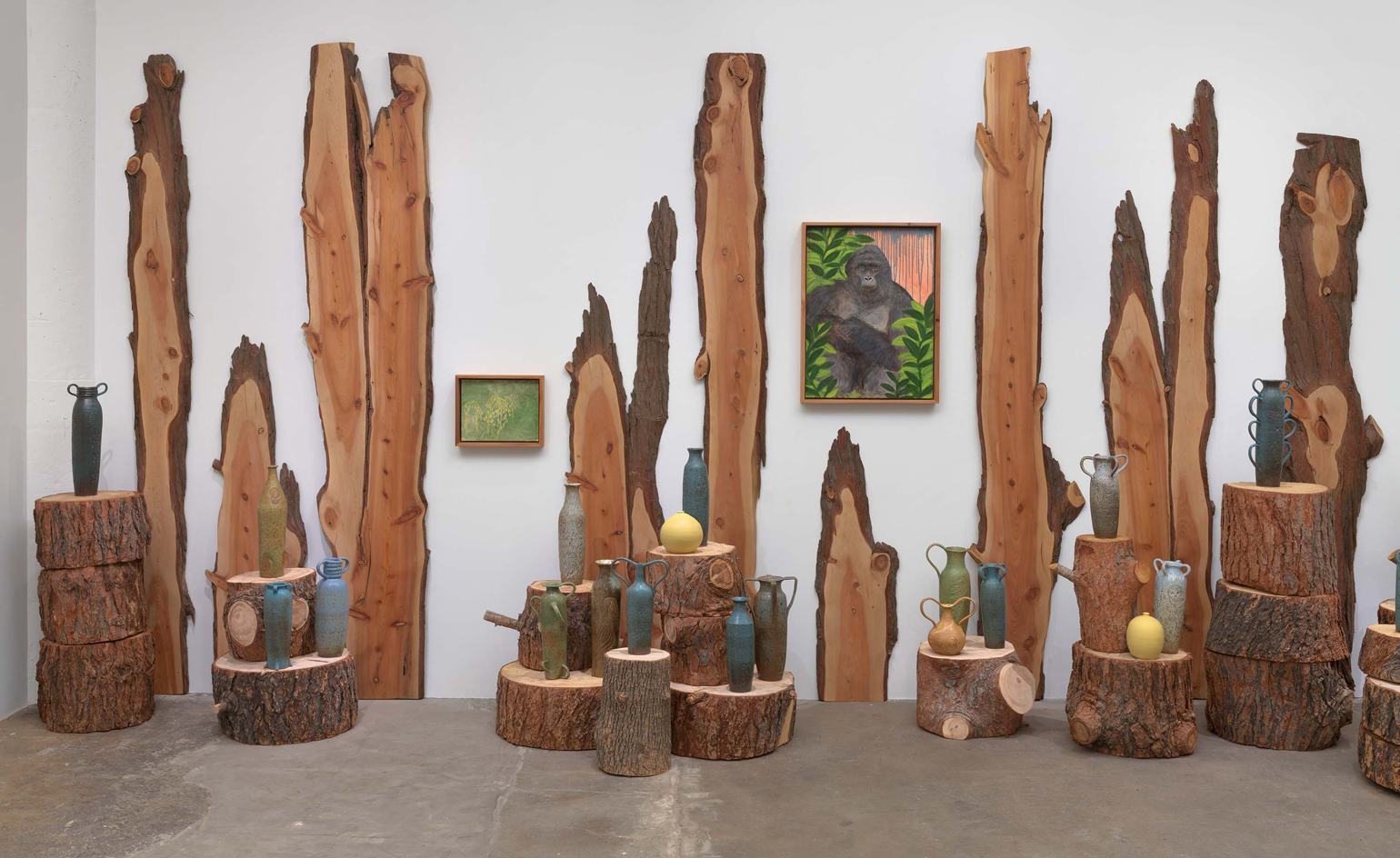 Stanya Kahn’s Frieze Los Angeles commission to unearth the ‘understory’ of human intervention in nature
Stanya Kahn’s Frieze Los Angeles commission to unearth the ‘understory’ of human intervention in natureWe speak to multidisciplinary artist Stanya Kahn, whose ‘Understory’ installation will be unveiled at Frieze Los Angeles for the 2023 R.U.in.ART Commission
-
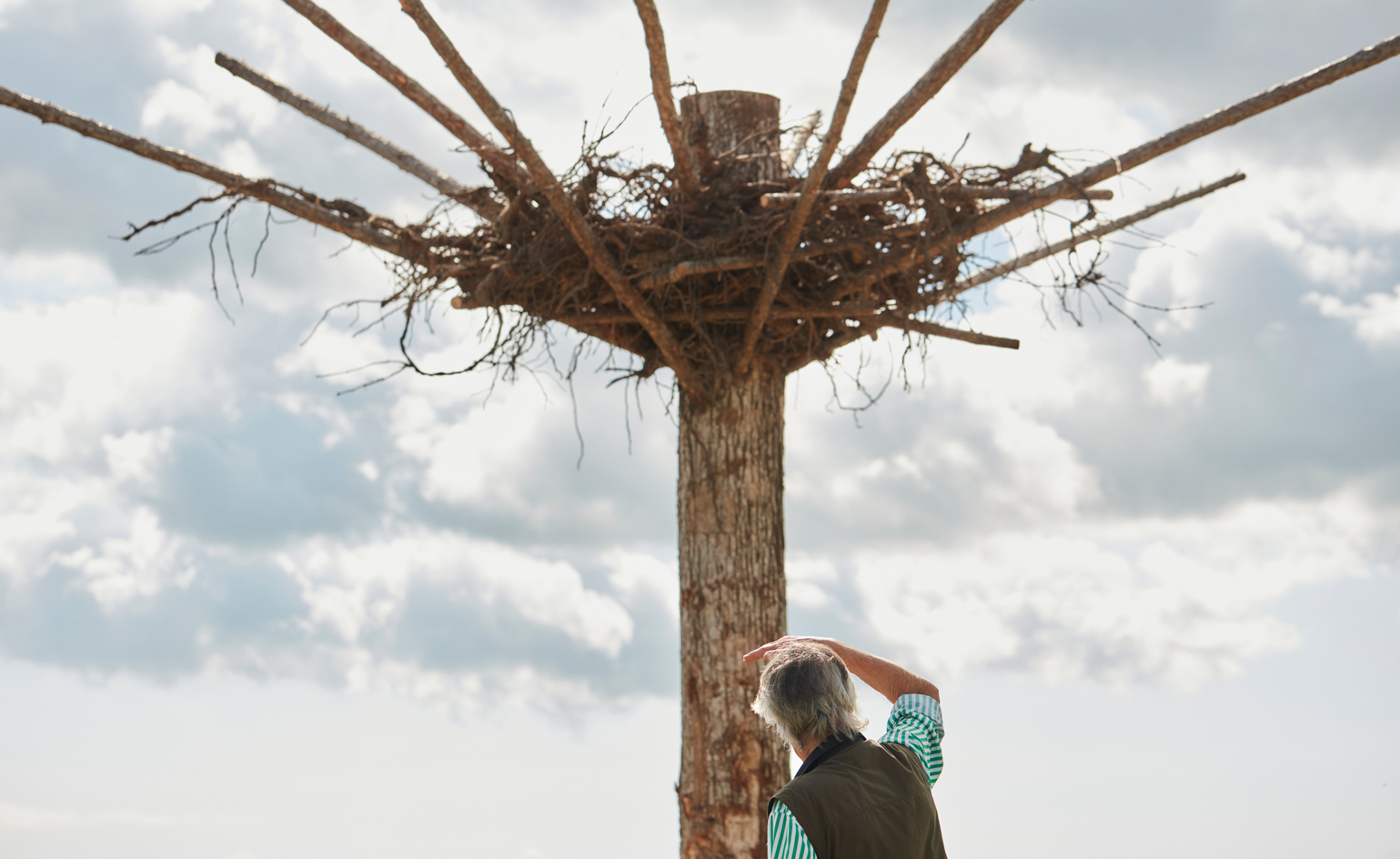 Nils-Udo and Ruinart’s ode to biodiversity in rural Reims
Nils-Udo and Ruinart’s ode to biodiversity in rural ReimsFor the latest project in Ruinart’s 300th-anniversary countdown, land art pioneer Nils-Udo has unveiled HABITATS, a trio of ephemeral, organic nests that dapple the champagne maison’s Reims vineyards
-
 Jeppe Hein’s carte blanche for Ruinart invites mindful participation
Jeppe Hein’s carte blanche for Ruinart invites mindful participationDanish artist Jeppe Hein’s carte blanche project for champagne house Ruinart invites visitors to embrace the moment through words and drawings
-
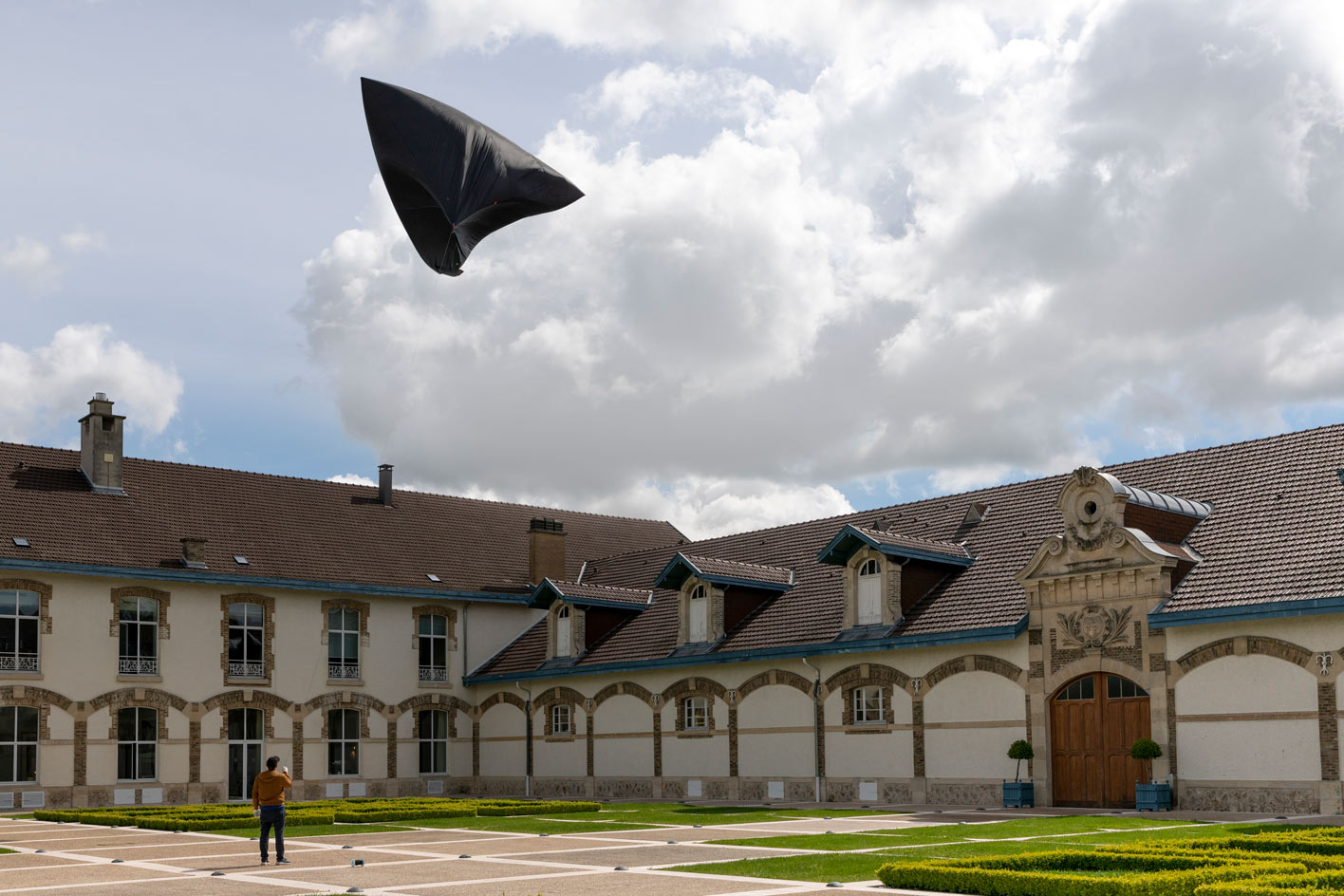 Tomás Saraceno’s aerosolar collaboration with Ruinart takes flight
Tomás Saraceno’s aerosolar collaboration with Ruinart takes flightIn the skies above Maison Ruinart, Tomás Saraceno’s Aerocene project is imagining a world beyond the fossil fuel era. Wallpaper* Paris editor Amy Serafin was in Reims to witness the events first hand – a blend of performance, sculpture, augmented reality, and champagne